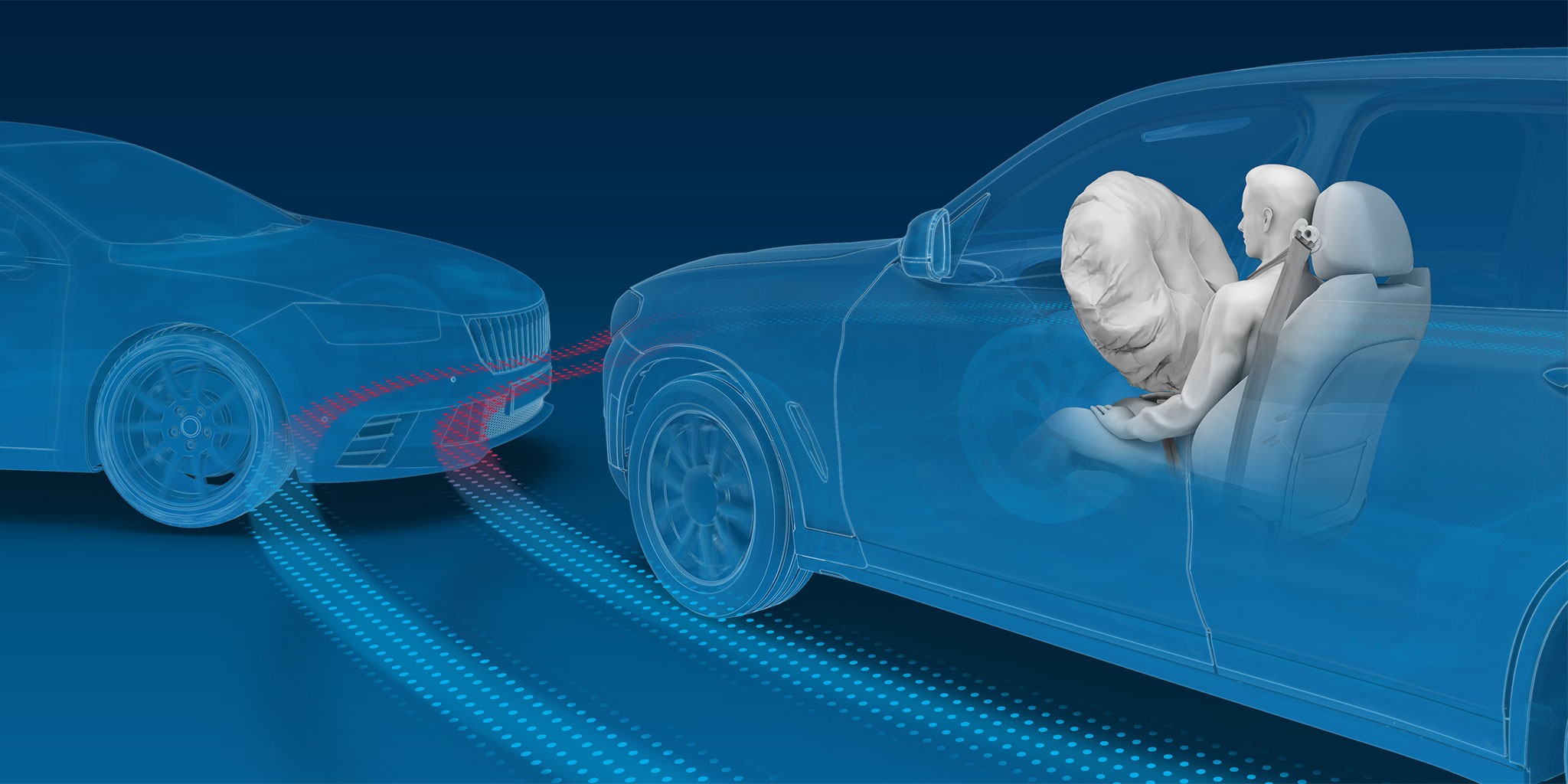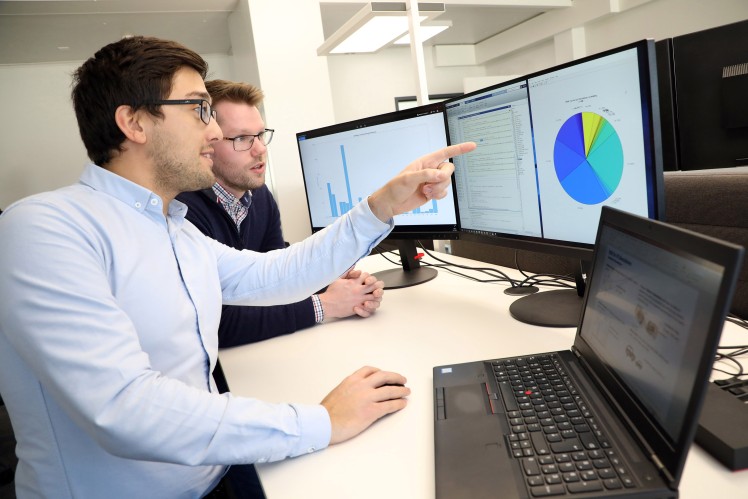Assisted and automated driving only works if the car is aware of its surroundings. The same sensor technology also helps enable it to adapt to impending crashes "with an eye to the future”. Examples include seat belts that are pretensioned or seats that recline when a crash seems unavoidable. In principle, this can be compared to muscles that tense as a precaution, to stay in the cat's image. "But now, together with BMW, we are expanding the protection potential in dangerous situations much further," says Dr. Bernhard Grotz, Project Manager Predictive Safety, in ZF’s Advanced Systems Development department.
"Together with BMW, we are expanding the protection potential in dangerous situations much further."








